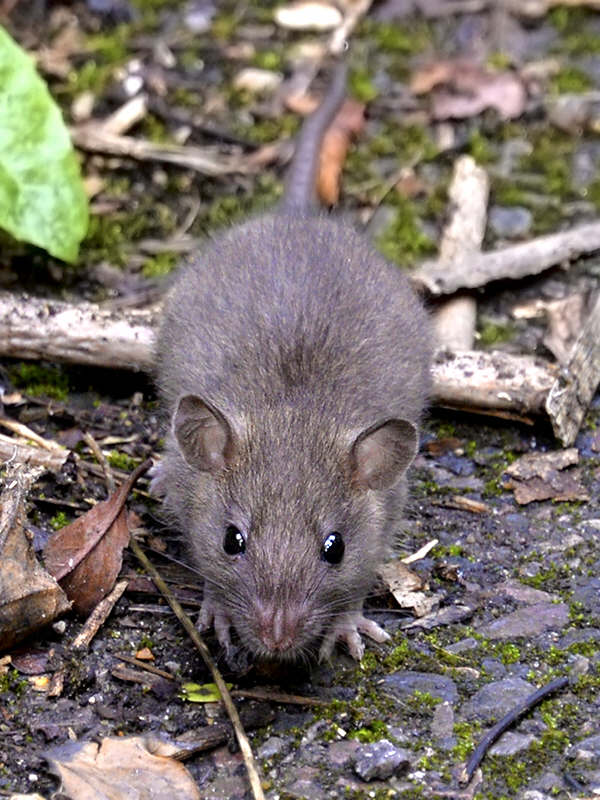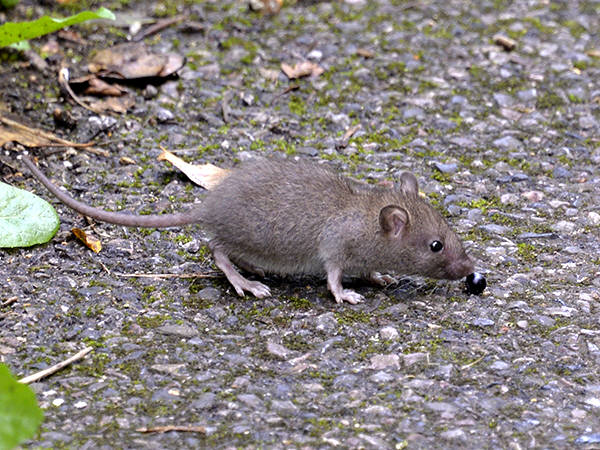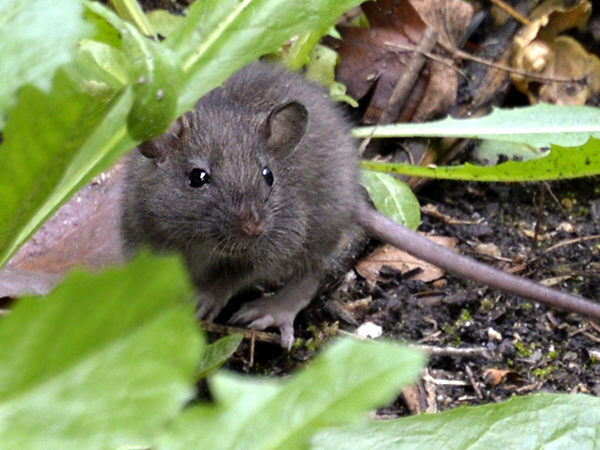
Fig 1

Fig 2

Fig 3
|
Order : RODENTIA
Family : Muridae
Species : Mus musculus or Mus castaneus
Head-Body Length : Up to 9 cm
Tail Length : Up to ~ 9 cm
Mus musculus is one of the
most widespread of all rodents, occurring in all continents except
Antarctica. Its probable original range on the Eurasia land mass has been extended
east, west and south due to its commensal habits and adaptation to urban
habitats. It is widespread in Southeast Asia.
This small rodent is mainly nocturnal in habits, but may venture out by
day if attracted to a food source.
Its fur is soft and greyish-brown, and slightly paler below. Its tail is
dark and approximately the same length or slightly longer than its head-body
length.
Five subspecies are recognised. The form which occurs in Europe, from which
the name 'House Mouse' derives, is Mus musculus
domesticus (illustrated here). The form which occurs in Southeast Asia is
the subspecies Mus musculus castaneus; some researchers consider this form to be a separate
species i.e. Mus castaneus.
Based on the 2016 assessment by IUCN (Musser et al, 2021), most Southeast Asia populations of this rodent should be
considered as introduced.
Figs 1 to 3 : Example of Mus
musculus domesticus found nesting in a hedgerow at the edge of a small
town in southern England; it was attracted to small, fallen berries.
References :
Francis, C.M. 2019. A Field Guide to the Mammals of South-east Asia. Second
Edition. New Holland. 416 pp.
Musser, G., Hutterer, R., Kryštufek, B., Yigit, N. & Mitsainas, G. 2021.
Mus musculus (amended version of 2016 assessment). The IUCN Red List of
Threatened Species 2021. |